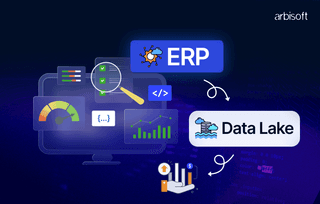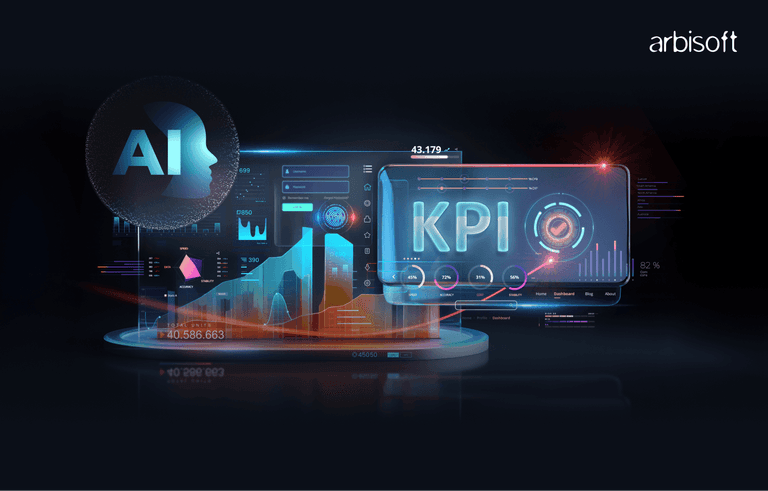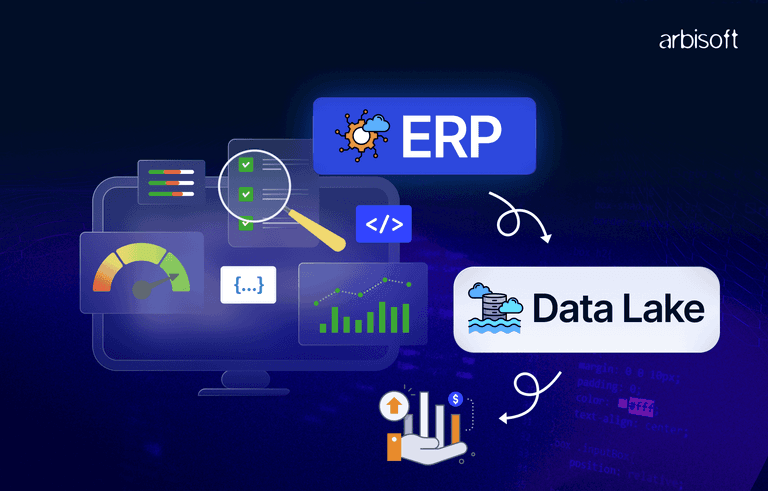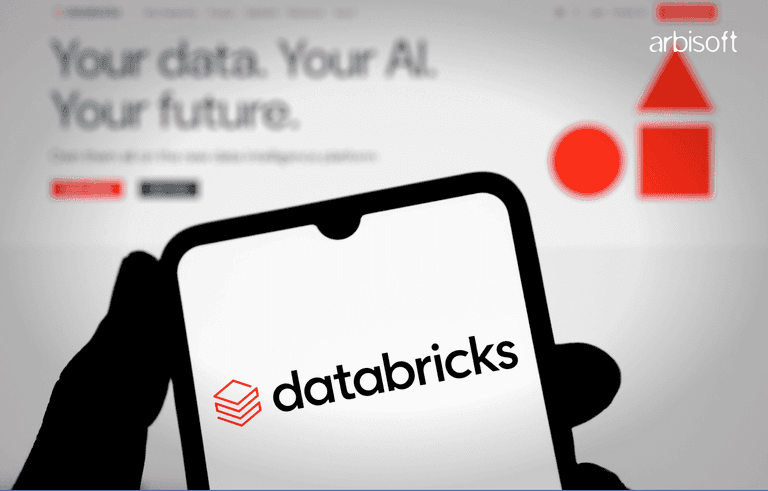We put excellence, value and quality above all - and it shows




A Technology Partnership That Goes Beyond Code

“Arbisoft has been my most trusted technology partner for now over 15 years. Arbisoft has very unique methods of recruiting and training, and the results demonstrate that. They have great teams, great positive attitudes and great communication.”
The Impact and Sustainability of Data Centers' Energy Consumption in the Digital Age
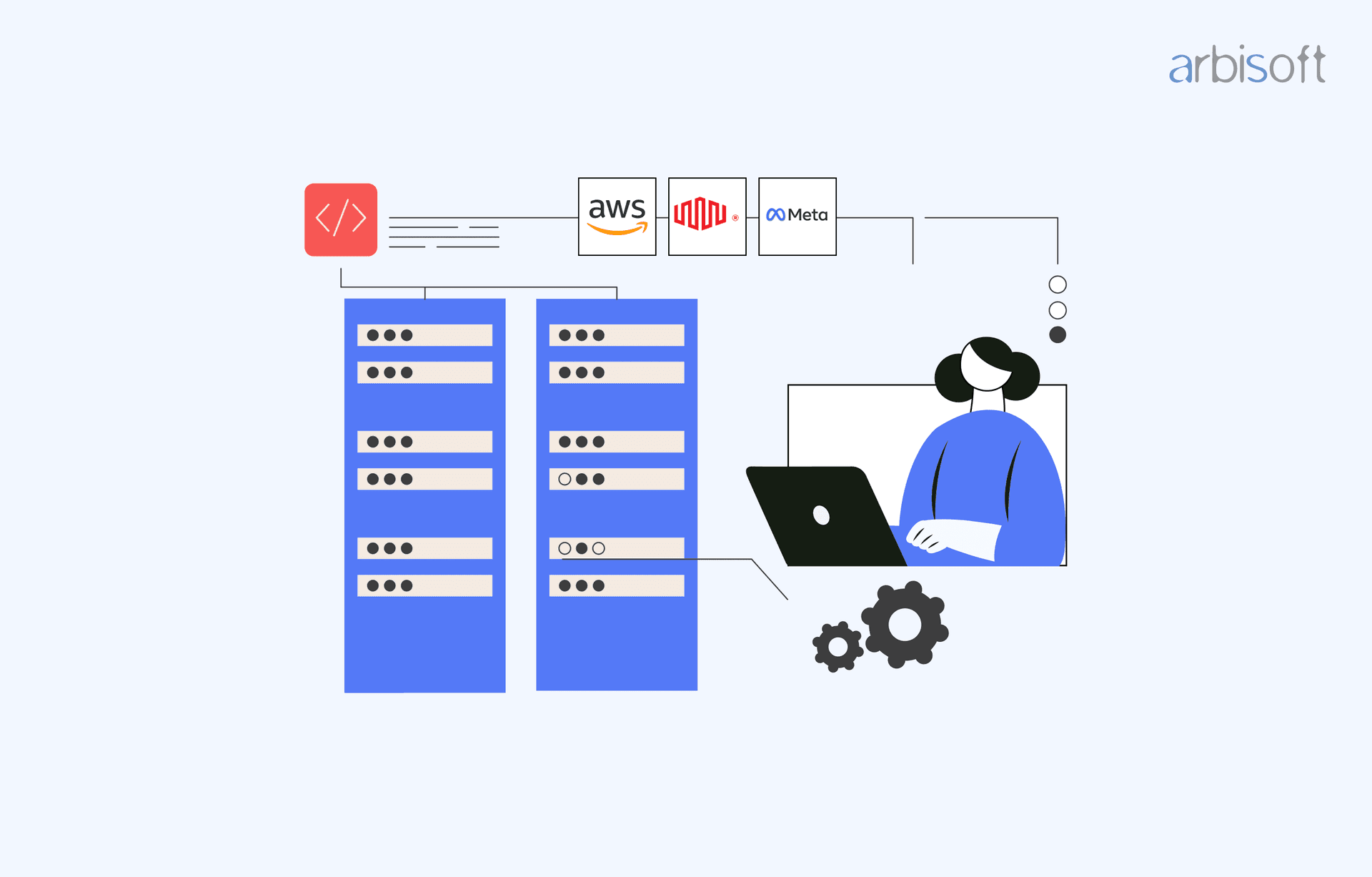
Have you ever wondered what keeps your favorite apps, websites, and online services running smoothly? The answer is data centers; massive facilities that are the backbone of the digital world, supported by robust cybersecurity services to safeguard critical operations. These centers house thousands of servers that store, process, and manage the vast amounts of data we rely on a daily basis.
Data centers play a crucial role in modern life, hosting the essential hardware that supports everything from emails and social media to financial transactions and cloud computing. They ensure that data is not only stored securely but also remains accessible and reliable. However, as the need for data processing increases, so does the energy required to power these facilities, raising important questions about their sustainability and environmental impact.
In fact, data centers account for up to 1.5% of global electricity consumption, a number that’s expected to grow as our digital activities increase. As the amount of data we use keeps growing, so does the energy consumed by these centers. This raises significant concerns about their environmental impact and the challenge of running them sustainably.
In this blog, we will uncover the environmental impact of data centers, explore the efforts by major tech companies to address these challenges, and discuss the future of sustainable practices in this critical industry. So, let’s get started!
The Growing Need for Data Centers
Data centers are growing quickly. By December 2023, there were about 10,978 data centers around the world, with the United States having the most at 5,388 centers. Other countries like Germany, the U.K., and China also have many data centers. Along with the number of centers, their energy use is also increasing. In 2023, data centers used 7.4 gigawatts of power, a 55% increase from the year before. This amount of electricity could power about 6.5 million average American homes.
Want to make your data center more energy-efficient and cut costs?

Make the switch to a more sustainable data center today!

This significant increase shows just how important data centers are to our digital lives. They are the backbone of the internet, keeping everything from social media to cloud storage running smoothly. As we use more and more digital services; whether it's for watching videos, running businesses online, or storing files in the cloud; the demand for data centers continues to grow.
Impact on the Power Grid
We mentioned earlier that data centers use about 1.5% of the world's electricity. This high energy demand can put pressure on power grids, especially in areas where many data centers are located. This can lead to increased energy costs, potential blackouts, and a higher reliance on non-renewable energy sources. The stress on the power grid is further exacerbated during peak usage periods, highlighting the need for a more robust and sustainable energy infrastructure.
Beyond Electricity: The Environmental Impact
The impact of data centers isn’t just about how much electricity they use. Much of the energy comes from fossil fuels, which release a lot of greenhouse gasses into the atmosphere. Globally, data centers are responsible for about 0.3% of all carbon dioxide emissions; about the same as a mid-sized country.
Data centers also use a lot of water to keep their servers cool. In the U.S., data centers use around 400 million gallons of water every day. This high water use puts pressure on local water supplies, especially in areas where water is already scarce.
Understanding Data Center Sustainability
Given the significant environmental footprint of data centers, it's important to explore how sustainability can mitigate these impacts. Sustainability in the context of data centers is twofold: it serves as both a metric to evaluate the environmental impact of operations and a model for designing more eco-friendly facilities. At its core, data center sustainability aims to minimize the carbon footprint associated with the operation of IT devices, processing systems, storage systems, and the cooling and electrical infrastructure that supports them.
Data centers consume vast amounts of energy, primarily due to the high demand for processing power and the need to maintain optimal operating temperatures for equipment. Understanding sustainability as a metric involves assessing the net cost of these operations, not just in financial terms but also in environmental impact. This includes evaluating power consumption and carbon emissions, which can then guide the development of more sustainable operational practices.

Key Factors in Data Center’s Sustainability
Let’s discuss some of the key factors that contribute to the data center’s sustainability:
1. Energy Efficiency: Data centers consume vast amounts of electricity, primarily for powering servers, networking equipment, cooling systems, and more. Enhancing energy efficiency is crucial for reducing overall consumption. Techniques such as server virtualization, optimized cooling systems, and intelligent power management can significantly reduce energy usage.
2. Renewable Energy Integration: The shift to renewable energy sources is vital for reducing the carbon footprint of data centers. Solar, wind, and hydroelectric power are increasingly being integrated into data center operations, helping to offset the reliance on fossil fuels
3: Waste and Water Management: Efficient management of waste and water resources is another critical aspect of sustainability. Data centers are exploring ways to recycle waste, minimize water usage, and even reuse the heat generated by their operations for other purposes.
4: Carbon Footprint Reduction: Reducing the carbon footprint involves not only lowering energy consumption but also adopting practices that directly offset carbon emissions. This includes investing in carbon offset projects, enhancing the efficiency of existing infrastructure, and supporting initiatives that promote environmental sustainability.
Sustainability Cost Model
The transition to sustainable data centers involves costs that must be carefully managed. The sustainability cost model includes:
1. Initial Investment: Upfront costs for energy-efficient hardware, advanced cooling systems, and renewable energy projects can be high. However, these investments often lead to long-term savings in operational costs due to reduced energy consumption.
2. Operational Costs: While renewable energy can lower ongoing energy expenses, maintaining sustainability initiatives, such as AI-driven energy management systems and regular upgrades to energy-efficient hardware, adds to operational costs. However, these costs are often offset by the savings generated through improved efficiency.
3. Carbon Offset Programs: Investing in carbon offset programs can help companies achieve carbon neutrality. These programs involve funding projects that reduce carbon emissions, such as reforestation or renewable energy development, to compensate for the emissions generated by data center operations.
4. Return on Investment (ROI): The ROI from sustainability initiatives comes not just in the form of direct cost savings but also through enhanced brand reputation, regulatory compliance, and potential tax incentives. Sustainable data centers are increasingly becoming a competitive advantage as consumers and businesses prioritize environmental responsibility.
The Impact of Training Larger AI Models on Energy Consumption
As data centers evolve towards sustainability, it's essential to consider not only the costs and benefits of eco-friendly practices but also the growing energy demands driven by technological advancements. One such area where these demands are becoming increasingly significant is the training of larger AI models.
The increasing complexity of AI models poses a significant challenge to sustainability. Training larger AI models requires vast amounts of computational power, which in turn leads to higher energy consumption. As AI continues to evolve, the energy demands of training these models will likely increase, putting additional pressure on data centers and the power grid.
However, the tech industry is actively seeking solutions to mitigate this impact. Innovations in energy-efficient hardware and more efficient algorithms are being developed to reduce the energy required for AI training. Furthermore, companies are investing in renewable energy projects to offset the energy consumption associated with AI, ensuring that the environmental footprint of AI development is minimized.
Leaders in Data Center Sustainability
Here’s how some of the major tech companies are leading the way in making their data centers more sustainable and environmentally friendly:
1. Google
Google’s data centers have been carbon neutral since 2007. They aim to achieve zero carbon by 2030 by shifting computing tasks to times when the grid uses clean energy. They are also working on a massive solar project that will provide energy even at night or during outages. Furthermore, they use machine learning to improve how wind farms produce energy.
2. Microsoft
Microsoft’s data centers have been carbon neutral since 2012. They aim to be carbon negative by 2030, meaning they plan to remove more carbon from the atmosphere than they emit. They are supported by over 2 gigawatts of renewable energy projects. Once they reach carbon neutrality, they will work to eliminate all carbon emissions the company has ever created.
3. Facebook
Facebook’s data centers have been carbon neutral since 2021. They plan to reach zero carbon by 2030 by using machine learning to monitor and optimize energy use based on seasonality, weather, and IT needs. They also use a liquid cooling system that reduces water use by 50% and deploy highly efficient servers that can operate in high temperatures.
4. Apple
Apple’s data centers have been carbon neutral since 2014. They work with local renewable energy providers, such as a wind farm in Prineville, OR, and a solar provider in Reno, NV. They are also building new data centers that will run entirely on renewable energy from the start.
The Future of Data Centers: Moving Towards Sustainability
The move toward more sustainable data centers is ongoing, with many promising developments on the horizon. Leading tech companies are taking bold steps to reduce their environmental impact by investing in renewable energy, improving energy efficiency, and pioneering new technologies. As the demand for digital services grows and AI models become more complex, the sustainability of data centers will be more critical than ever. By continuing to innovate and collaborate, the tech industry can power our digital future while minimizing its environmental impact.
Additionally, government regulations and industry standards are becoming more important in promoting sustainability. Initiatives like the European Union’s Climate Neutral Data Centre Pact aim to make data centers climate-neutral by 2030, setting a new standard for the industry.









